Vietnam has set an ambitious goal of becoming a modern, high-income economy by 2045, which requires maintaining an annual GDP per capita growth rate of around 6% over the next two decades.
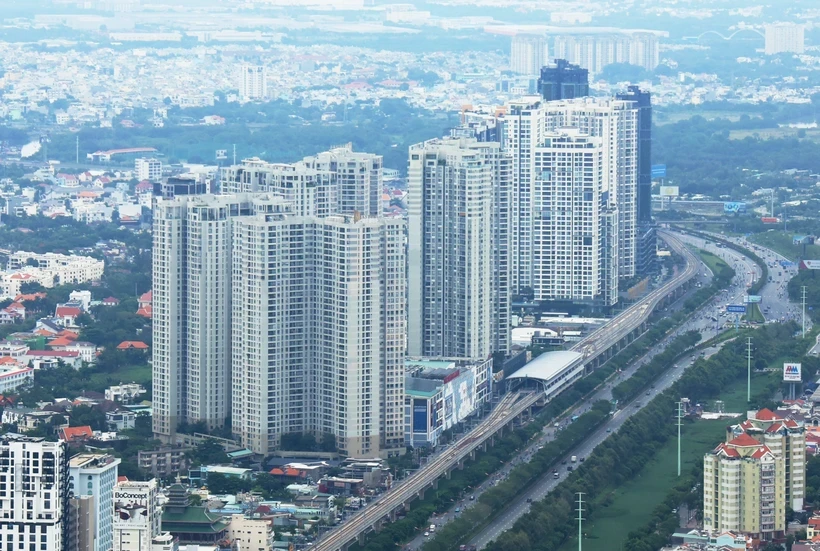
Vietnam is facing a great opportunity to improve its position in the global supply chain thanks to a strong wave of investment from mainland China, Hong Kong Special Administrative Region (China) and Taiwan (China).
However, according to experts from the World Bank (WB) and HSBC, Vietnam needs to address bottlenecks in infrastructure, human resources and promote green transformation to maintain its attractiveness to foreign direct investment (FDI) flows and aim to become a high-income country by 2045.
Enhancing position in global value chain
In its latest report titled “Vietnam 2045: Trade Power in a Changing World – Pathways to a High-Income Future,” the World Bank affirmed Vietnam’s potential to become a high-income country.
The World Bank report acknowledges the remarkable success of the current export-led growth model, but argues that this model, which relies heavily on cheap, labour-intensive manufacturing, is not enough to lift Vietnam into the high-income group.
According to the World Bank, over the past 40 years, global integration has been the main driving force behind Vietnam's successful development, creating one of the longest and fastest periods of economic growth in modern history.
Today, Vietnam is one of the most open economies, with about 50% of its gross domestic product (GDP) and employment dependent directly or indirectly on exports.
Building on its success, Vietnam has set an ambitious goal of becoming a modern, high-income economy by 2045. This requires maintaining an average annual GDP per capita growth rate of around 6% over the next two decades.
The success of this goal depends on moving up the global value chain, through strong investment in technology, skills and innovation.
“To sustain rapid growth, Vietnam needs to transition from low-value-added, labor-intensive final assembly to higher-value-added manufacturing and services,” said Manuela V. Ferro, World Bank Vice President for East Asia and the Pacific.
She added that in a changing global trade landscape and increasing uncertainty, diversifying trade and investment partnerships is essential to building resilience and ensuring long-term success.
The World Bank report also pointed out some of the key challenges that Vietnam is facing. These include a dual economy with weak linkages between FDI and domestic enterprises; a shortage of highly skilled labor; energy and transport infrastructure that has not met growing demand; and a carbon-intensive production model that is vulnerable to climate change.
In a complex geopolitical context, the World Bank proposes a comprehensive strategy to boost productivity growth, attract private sector investment, and enhance Vietnam's position in the global value chain.
Key policy solutions include: promoting deeper trade integration; enhancing connectivity between domestic enterprises and global value chains; promoting high-tech and skills-intensive activities and high value-added services, including the service sector; and transitioning to low-carbon, climate-resilient production models.
To maintain investment attractiveness
In his latest article, Mr. Joon Suk Park, Head of International Business, Corporate Banking at HSBC Vietnam, analyzed the shift of FDI capital flows into Vietnam in the context of increased investment by large corporations from mainland China, Hong Kong and Taiwan.
According to Mr. Park, these businesses not only take advantage of low production costs, but also exploit the potential of Vietnam's domestic market with a population of 100 million people, a rapidly growing middle class, and a workforce accounting for 70% of the population.
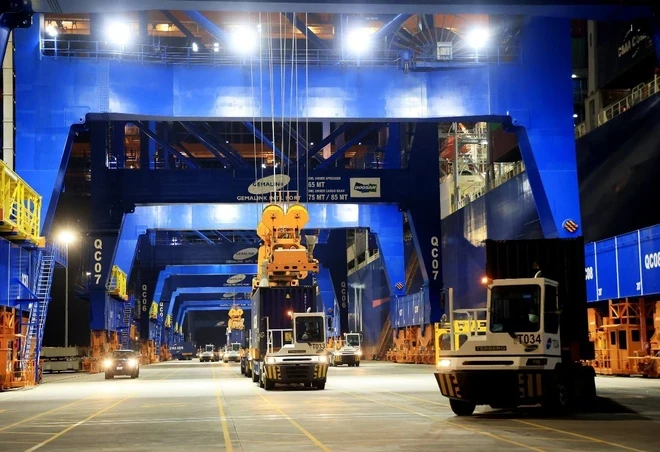
Typically, Mixue has opened more than 1,000 stores in Vietnam, while technology corporations such as Luxshare, Foxconn, Pegatron continue to expand investment in the manufacturing ecosystem. In addition, Hualian Ceramic plans to build a ceramic valley, Sailun Group expands tire production, and Lotus Pharmaceuticals increases investment in the pharmaceutical industry.
The article points out three main factors attracting capital flows from mainland China, Hong Kong and Taiwan to Vietnam.
Firstly, Vietnam is an important link in the restructuring global supply chain, especially in the downstream segment of the Chinese supply chain - the country is currently the world's largest exporting economy with an annual turnover of 3,500 billion USD.
Second, Vietnam has strong domestic market appeal thanks to the growth of the middle class and increasing consumer demand, as evidenced by the entry of Chinese electric vehicle manufacturer BYD into the Vietnamese market.
Third, the competitive advantage in production costs, electricity prices and logistics costs being much lower than other countries in the ASEAN region, along with Vietnam's active participation in bilateral and multilateral free trade agreements (FTAs), has created an open and favorable investment environment.
However, Mr. Joon Suk Park also emphasized that Vietnam needs to overcome many challenges to maintain its attractiveness. First of all, the shortage of highly skilled human resources is a major obstacle, especially in attracting high-tech projects such as semiconductor and integrated circuit manufacturing.
Furthermore, the lack of a synchronous logistics infrastructure and high logistics costs can reduce Vietnam’s competitiveness. In addition, Vietnam is facing fierce competition from neighboring countries such as Thailand, Malaysia, Indonesia and the Philippines - countries that are also implementing many preferential policies to attract FDI capital.
HSBC experts believe that to maintain and increase competitive advantage, Vietnam needs to focus on three main development orientations.
First, enhance the domestic value-added chain by moving deeper into high-tech manufacturing sectors and developing supporting industries.
Second, promote digitalization of the economy, simplify trade processes and promote renewable energy development to increase sustainability.
Third, perfecting the legal framework and improving the business environment to create favorable conditions for FDI enterprises to operate long-term./.
Source: https://baolangson.vn/kinh-te-viet-nam-qua-goc-nhin-quoc-te-con-duong-dan-den-tuong-lai-thu-nhap-cao-5030203.html













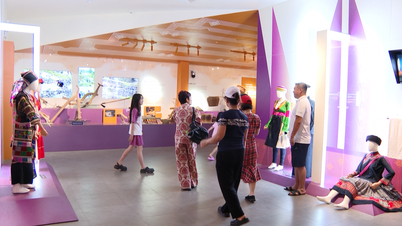
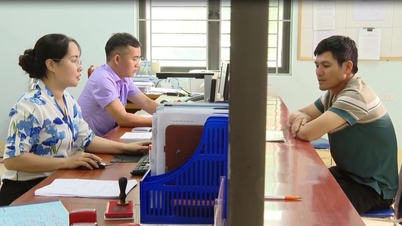



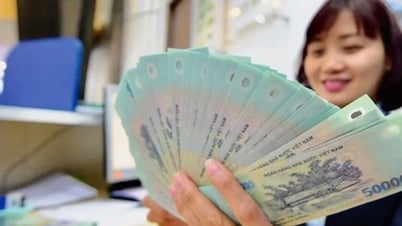
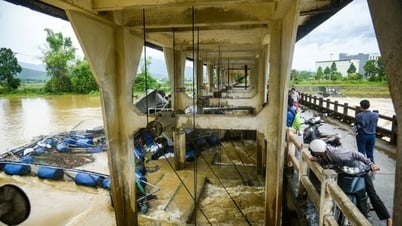



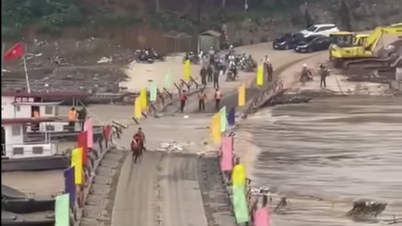








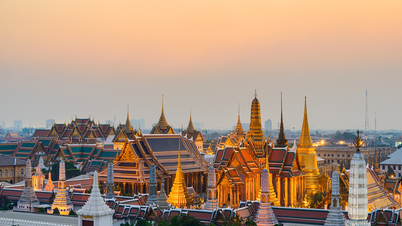


![[Photo] Prime Minister Pham Minh Chinh receives leaders of several Swedish corporations](https://vphoto.vietnam.vn/thumb/1200x675/vietnam/resource/IMAGE/2025/6/14/4437981cf1264434a949b4772f9432b6)









































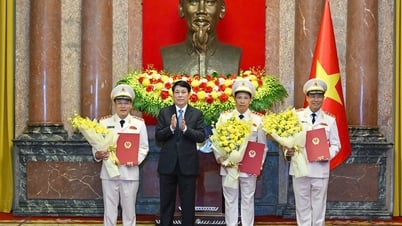

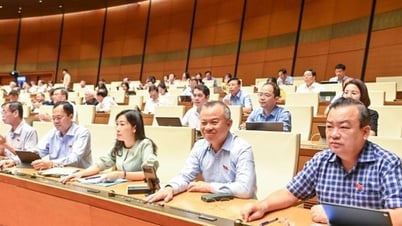



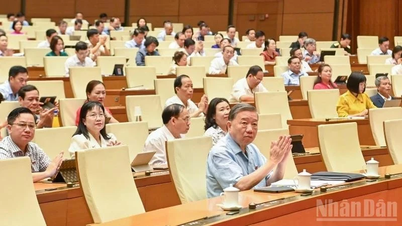














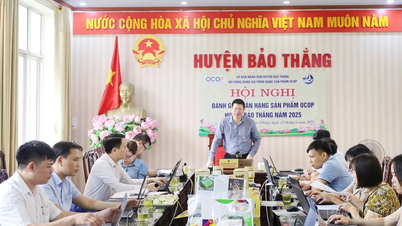


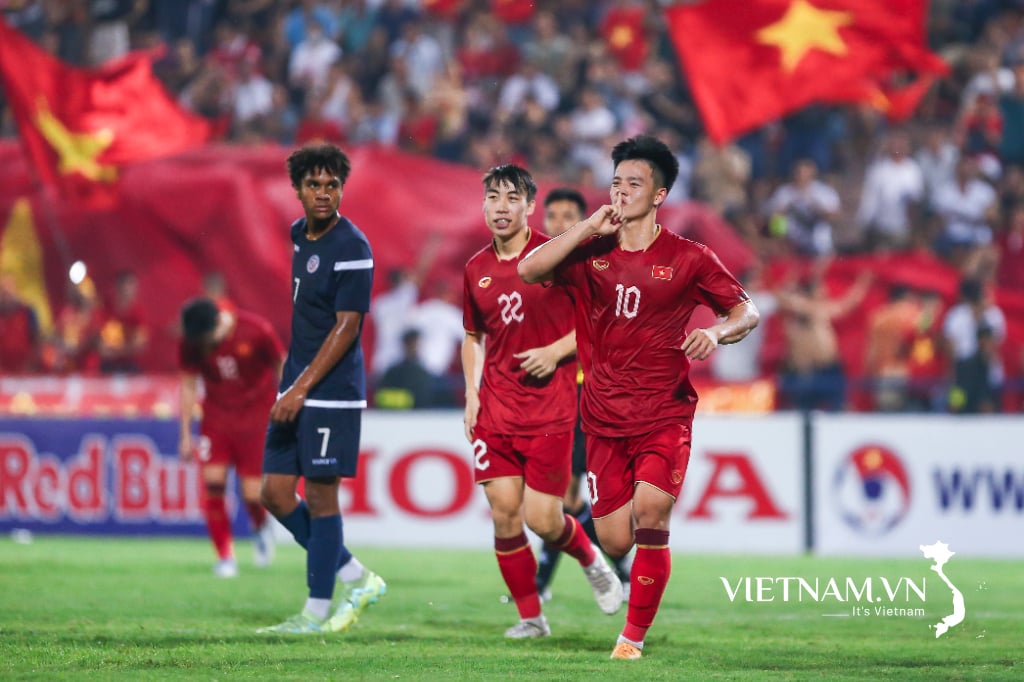



Comment (0)